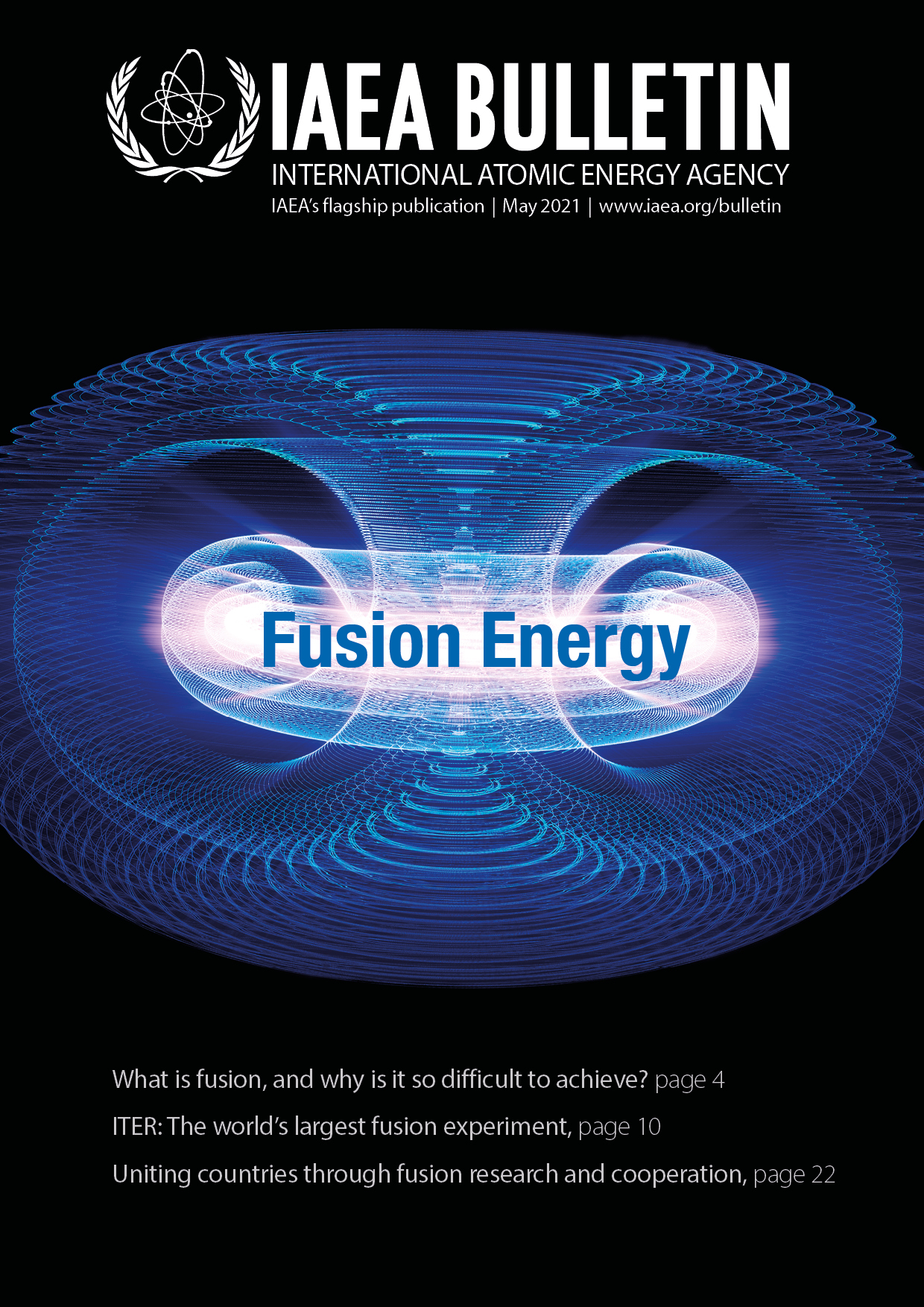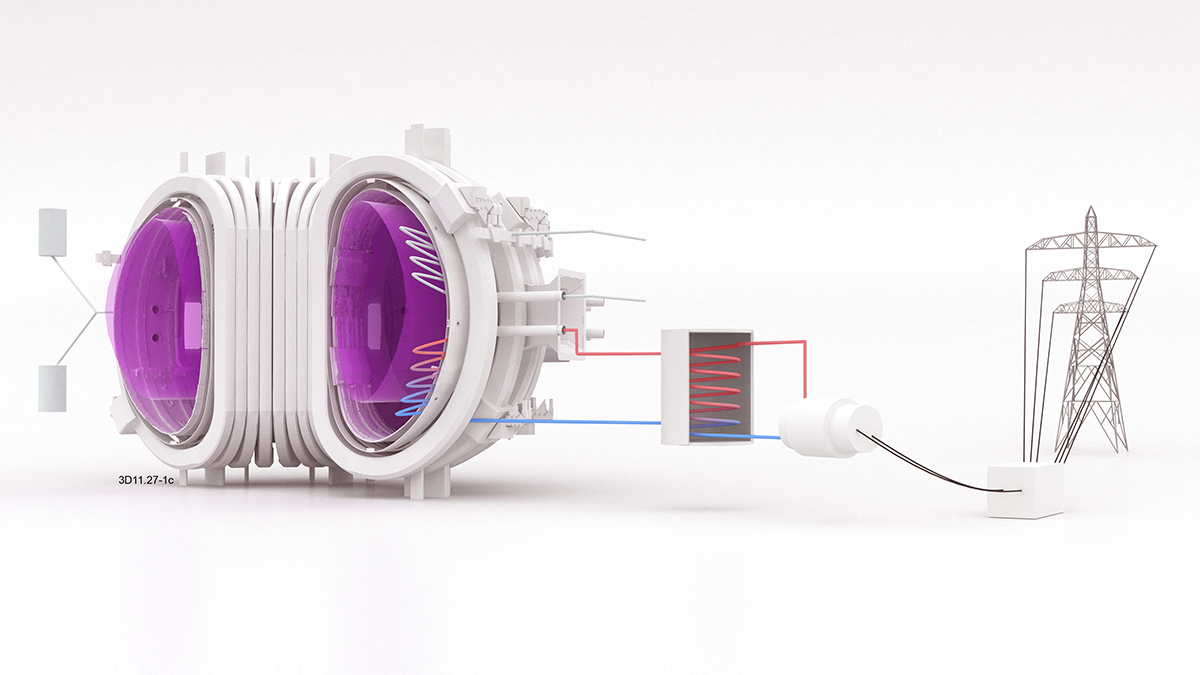The aim of ITER, the world’s largest fusion experiment, is to prove how to create net energy from a fusion reaction. Demonstrating that net electricity can be produced from fusion will then be the next significant step. This is where demonstration fusion power plants, or DEMOs, will come in.
DEMO-type reactors are more of a design concept than a particular fusion machine configuration. Preliminary designs for publicly funded DEMOs, under development in several countries, are yet to be finalized. This will be done following results of the ITER experiments.
DEMOs are planned to operate almost continuously to produce more than 50 megawatts (MW) of net electrical gain. The key challenge they will set out to address is how to keep the fusion plasma stable for long enough to produce energy on an ongoing basis.
While a lot about DEMOs are still undecided, a public DEMO will likely be a tokamak-type reactor and will use heavy hydrogen isotopes — deuterium and tritium — as fuel. However, the world’s available supply of tritium is limited, and DEMOs themselves will need to produce sufficient tritium supplies through so-called ‘blankets’ that breed and extract tritium. Challenges in the fuelling, exhausting, confining, extracting and separating of tritium will also need to be resolved.
Another major difference between DEMO-type and existing experimental reactors will be the addition of appropriate systems and technologies to capture and convert fusion power into electricity.
“DEMO-type machines require the design and integration of complex components and systems that are not part of existing fusion experimental machines. Components such as tritium breeding blankets, power generation, burn control, and so on, are all required,” said Elizabeth Surrey, Head of Technology at the United Kingdom’s Atomic Energy Authority. “The operating conditions of a DEMO are particularly hostile to materials, as the burning plasma generates a high flux of neutrons and high-power densities on the walls. DEMOs require the development of new materials and technologies.”

